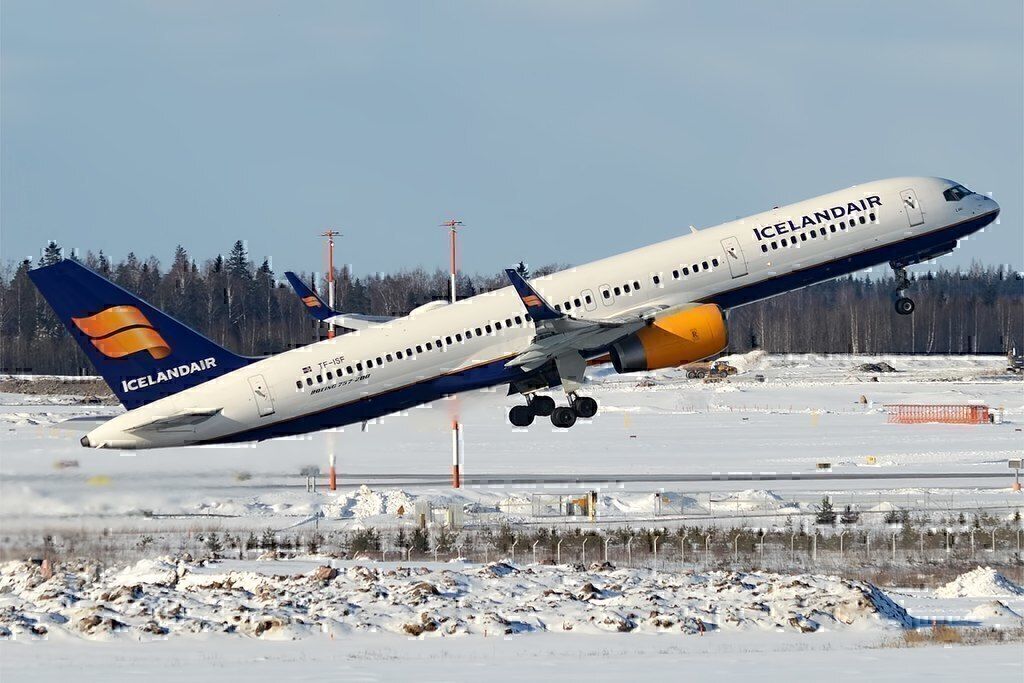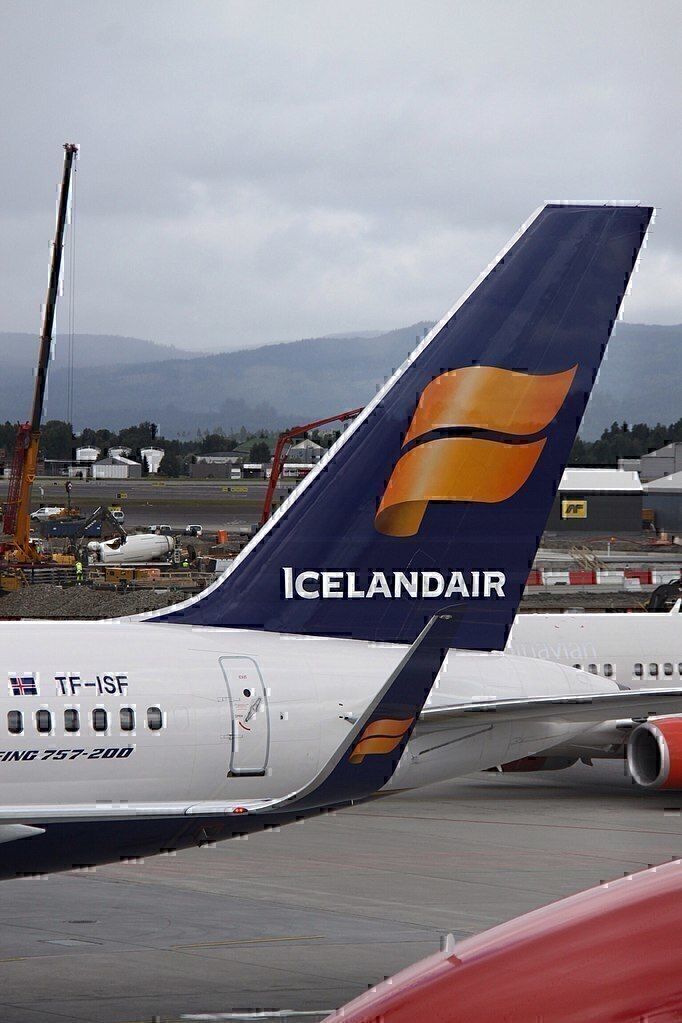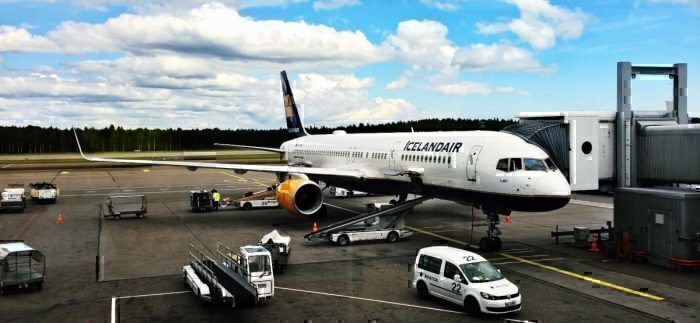An Icelandair flight climbing out of Keflavik earlier this week was forced to return to the airport after a fault with the anti-icing systems was detected.
According to the Aviation Herald, TF-ISJ, an Icelandair Boeing 757-200 operating FI443 was heading out of Keflavik en route to Brussels on Monday, November 18, 2019, when the fault was noticed at approximately 20,000 feet. The flight returned to Keflavik safely with no injuries to passengers or crew.
Passengers were carried to Brussels on a replacement aircraft, arriving several hours late.
How icing can occur as an aircraft climbs
Wing icing on ascent can occur when an aircraft climbs through supercooled water droplets at relatively low altitudes. It is a problem because it alters the wing profile, reshaping the lift producing parts of the aircraft. The ice can increase the weight of the wing, increase drag and reduce lift. In a worst-case scenario, air can’t flow over the wing’s upper surface and an aerodynamic stall can result.
According to Scientific American, ice is a contributing factor in 9.5% of all fatal aircraft accidents.
How icing is prevented and managed
As part of a comprehensive suite of de-icing measures, modern aircraft heat the leading edge of the wings which causes the ice to melt and fall off. Most larger jet aircraft, such as Icelandair’s 757, bleed hot air from the jet engine into piccolo tubes that are directed through vulnerable zones of the aircraft, such as wings, tail, and engine inlets. There are holes in the lower surface of the wing that vent the used air.
New technologies are emerging that can detect the exact moment ice begins forming on a wing. Microwave resonator sensors can detect when water touches the wings, freezes into ice, and then measures the thickness of the ice as it grows. While modern aircraft do have ice detection systems, reliance is still placed on visual checks both inflight and on the ground.
Arguably the most famous incident in recent times involving an aircraft and ice was the crash of Air France’s flight between Rio de Janeiro and Paris in June 2009. An ice-over occurred on the speed sensors, causing the autopilot to switch itself off. The pilots then made a series of errors as control went into an alternative mode. There was a wing stall and the aircraft was lost.
Aircraft going back into service today
This incident occurred at a high altitude in a different set of circumstances to the Icelandair incident on Monday. But it highlights the fact that ice and aircraft don’t mix. Pilots are trained to deal with ice situations.
Thankfully, the Icelandair flight returned to Keflavik without incident. The aircraft appears to have remained on the ground since then but is scheduled to return to service today, operating the morning service between Keflavik and Munich.
Simple Flying has approached Icelandair for a comment on the incident but has not heard back before publication.



